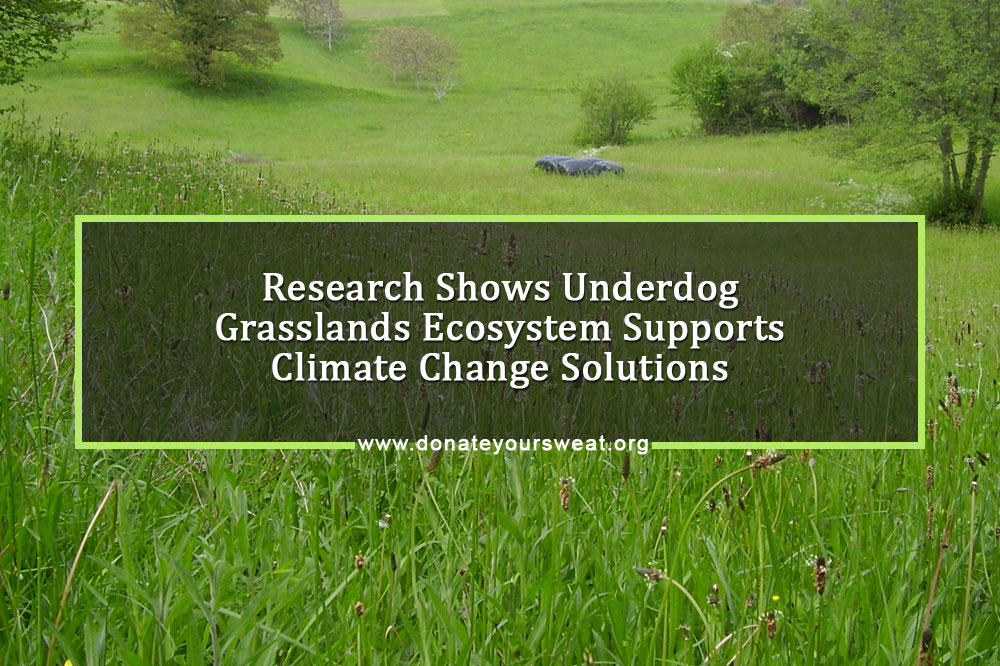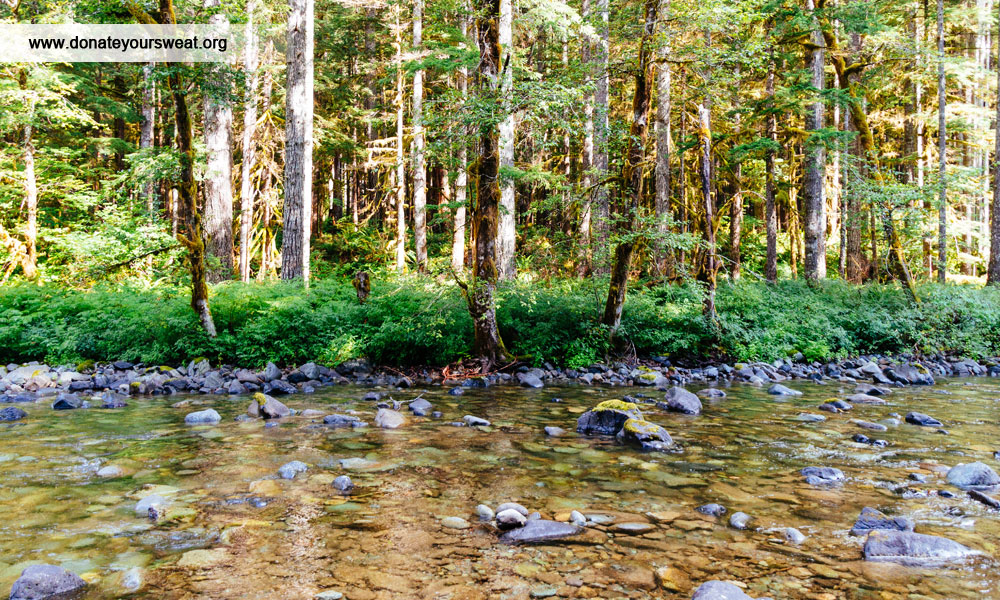The 5th of December is famous for the reason that it is World Soil Day. This day is celebrated to remind us of the importance of soil as a limited resource and its sustainable management. The most important fact to be realized about soil is that it is the most important resource required to feed the planet and cannot be allowed to degrade. For soil degradation would be mean a one-way ticket for the destruction of mankind.
The soil is as important to the earth as the skin is to the body. A startling fact is that a handful of soil contains more living organisms than the total number of people on earth. This explains why the importance of the soil cannot be underrated. Supporting the health of the soil directly shows up in the quality of the food that is cultivated. The soil is also necessary for the compulsory increase in agricultural production (60 percent global) predicted by the year 2050. In the light of these facts, it is among the most urgent jobs to keep the earth’s soil healthy.
Soil – Why Should We Keep It Healthy
Soil contains thrice as much as carbon as that in the atmosphere. Therefore even minute changes in the carbon content of the soil, good or bad, have a magnified effect on the atmospheric carbon content. A little more carbon stored in the soil would considerably reduce the amount of atmospheric carbon (this process is given the name soil-carbon sequestration). Increasing carbon content of the soil helps to improve its fertility and health. It helps to ameliorate the effects of climate change as the soil’s capability to keep carbon trapped is very high and, therefore, healthy soil will have a significant impact in helping to offset the increased amount of global emissions. Also, crop yields would improve with positive soil carbon changes.
Recent predictions by the FAO and other science experts on soil quality and its consequences have not been nice to hear. There is only a balance of 60 years left that we can harvest food if we make no change to the quality of soil as is now. The negative effects of climate change predict decomposition of soil carbon at an accelerated pace translating to dangerous increases in the amount of atmospheric carbon dioxide.
What Next
From point of view of agriculture, this is what is to be done: reduction in ploughing of the fields and providing more biomass to the soil by leaving behind the residue before planting the next crop. Mixed cropping is another technique that involves the planting of leguminous crops to protect the soil and make ready the required biomass that would help to rebuild organic components of the soil. Planting of perennial crops that would be harvested many times round in a year can help to recycle organic matter. These are only some practices that contribute to soil health and this list is not exhaustive. Soil experts tell us that a combination of these practices if implemented in a structured form over large tracts of land, would affect climate change significantly.
All of these are easier said than done. There is a requirement for advance planning and a lot of effort to lead this to fruition.
Each of us has it in us to spread the word and take appropriate action that will help to preserve the quality and health of the soil. This will help in quick collective action.
The fact that we are more dependent on healthy soil than healthy soil is on us makes the work all the more urgent and imperative.






